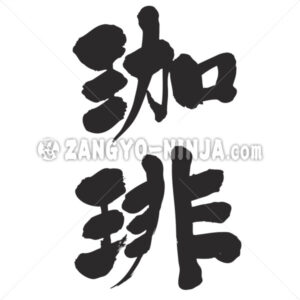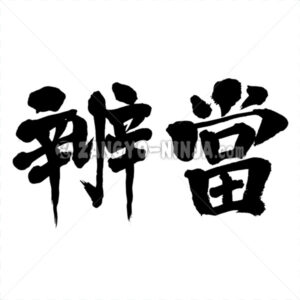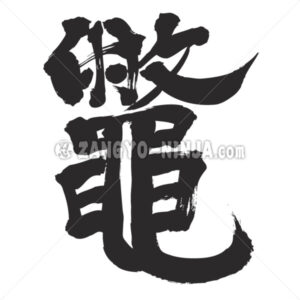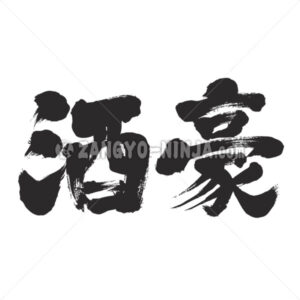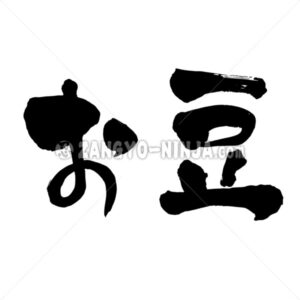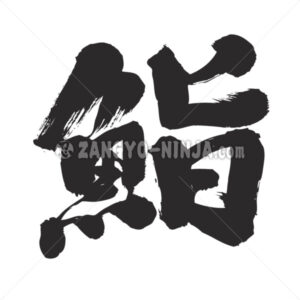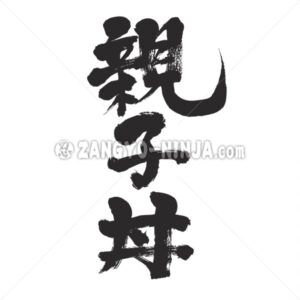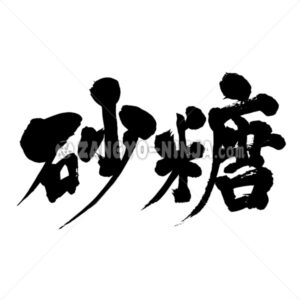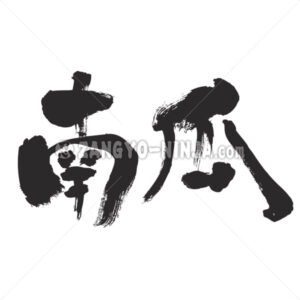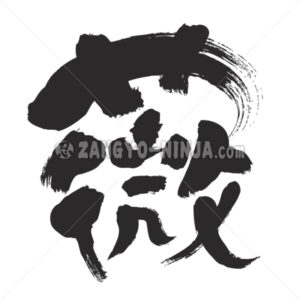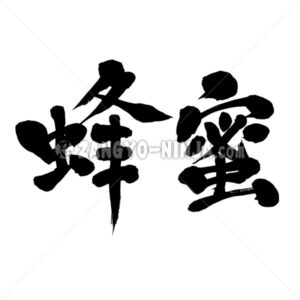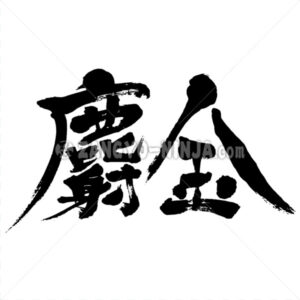
Turmeric is a member of the ginger family. It is characterized by its fragrance, bitterness, and golden color, and is used by drying its roots and stems. Besides being used as a spice in curry, it is widely used as a dye for cloth, mustard, cheese, and other food coloring. Turmeric” loved all over … Read More
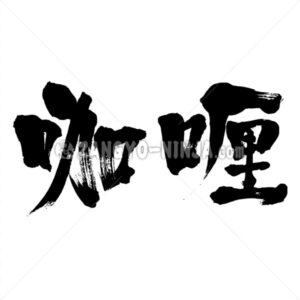
Curry is readily available at any restaurant, and it has become a national dish in Japan. The country where curry was born When most people hear the word “home of curry,” they most likely think of India. Indeed, India is the birthplace of the dish we know today as curry. However, curry does not … Read More
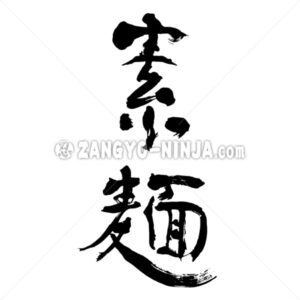
Thin dried noodles made from wheat flour. The original name was ‘Sakumen,’ but it seems that the character for ‘Saku’ was written with the character ‘Sakumen’ broken, and the erroneous spelling of ‘Somen’ became the name. Although it came from China, it is believed that it was in the Nara period. There are hand-stretched … Read More
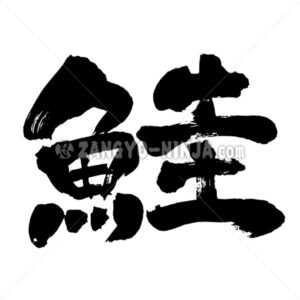
Salmonid fish. It reaches a total length of about 1 meter. The body is a slightly elongated spindle shape. There is a greasy fin. The body color is blue-gray on the back and silvery white on the abdomen, but during the breeding season, the dorsal and lateral parts of the body turn dark green-brown, … Read More
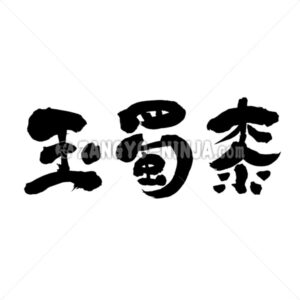
An annual grass of the Gramineae family. The grains are cultivated for food and industrial raw materials, and for the entire above-ground part as feed. The stem is upright and 1 to 4 meters high. Most of the nodes are 14 to 16, and there is almost no branching. Fresh, frozen (whole form, cut … Read More

In summary, dishes made with ingredients such as preserved foods, fermented foods, and seasonings that people have thought about in the process of living in the area and forming the area. Japanese said “Furu sato no aji” and “Ko kyo no aji” in Japanese Kanji and Hiragana.
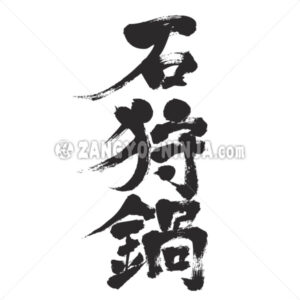
This is a Japanese hot pot dish made with crab as a main ingredient and miso seasoned, and is a local dish of Hokkaido. Often confused with Sanpei soup using salted salmon, Ishikari Nabe uses raw salmon that is made with miso and is not salted. Japanese says “Ishi kari nabe”.
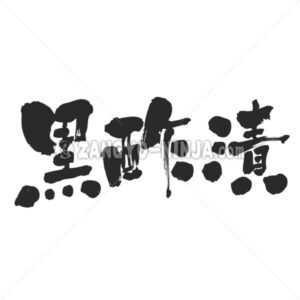
Food soaked in black vinegar for several hours to several days. There are few foods on the market because there are many recipes for pickling homemade vegetables. Japan call “Kuro zu zuke”.
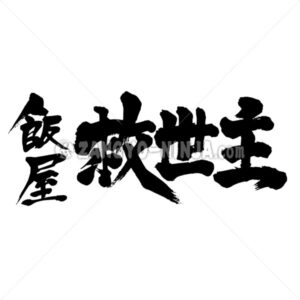
Japan call “Meshi ya” by vertically word, “Kyu sei shu” by horizontally. Also same pronunciation is used in Japanese “Meshiya”.
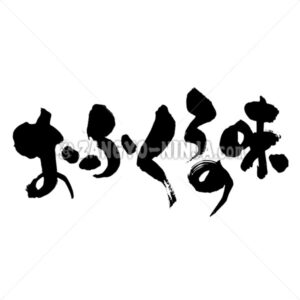
A term that refers to home cooking experienced during childhood, or the taste formed thereby, and dishes that evoke them. Japan call “O fu ku ro no aji” in Japanese Hiragana and Kanji.
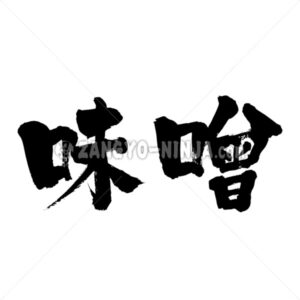
1. One of the Japanese style seasonings. Steamed soybeans, fermented by adding salt and koji. 2. Something similar to miso in color and condition in the shells of crabs and shrimps. 3. Proud advantages. A point where the ideas and ideas were broken.
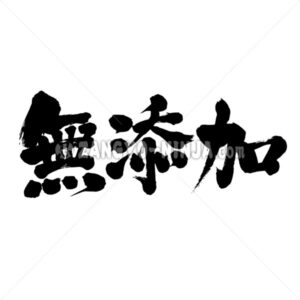
Do not add preservatives, coloring, etc. that are not good for health to food. Japanese says “Mu ten ka”.

Japanese fish dishes in which mackerel fillets are simmered with seasonings such as miso. The basic recipe is to simmer mackerel with miso and sugar, sake, mirin and ginger. One of the representative ones of Japanese mackerel dishes. Japan call “Sa ba no mi so ni”.
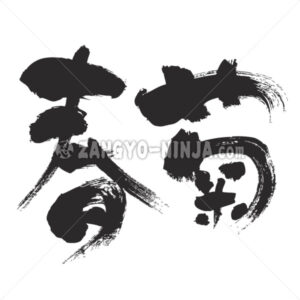
Asteraceae annual or biennial grass. The height is 20 to 60 cm. The leaves have deep cuts and are soft. Open yellow or white flowering head from summer to autumn. The aroma is high and is grown as food. Japanese calls “Shun Giku”.
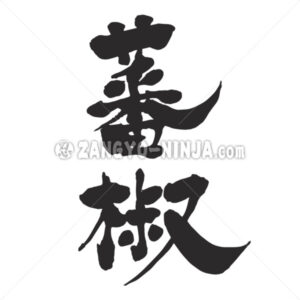
Pepper is a spice native to Central and South America and has been widely cultivated in this area for thousands of years. On the other hand, it was brought to Europe after the discovery of the new continent at the end of the 15th century. However, due to its stimulating spiciness and strong fertility, … Read More
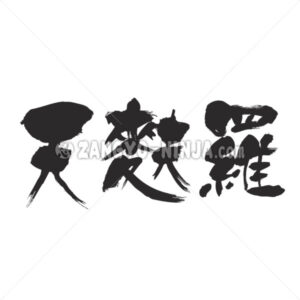
It is a Japanese dish in which ingredients such as seafood and vegetables are wrapped in a garment mainly made of wheat flour and fried in oil. Tempura is a fast food imported from Nanban (Westerner) Tokugawa Ieyasu is known to have been very careful about his health, and it can be said that … Read More


